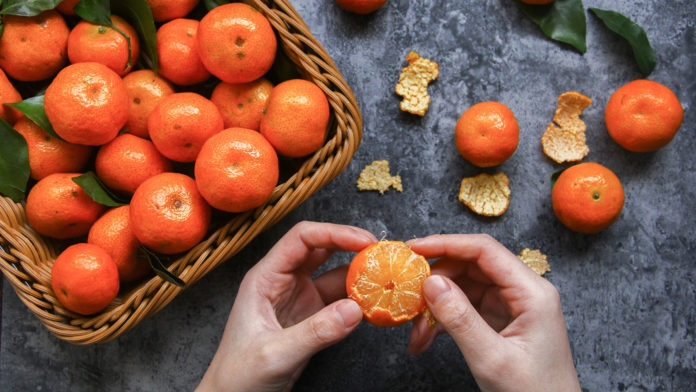Polyhydroxyalkanoates (PHAs) are high quality and fully biodegradable plastics that can be either recycled or composted, but they are held back by high cost.
PHAs are bioplastics that are usually made from sources like sugar cane, corn, and canola. But using those sources for plastics diverts precious agriculture products from being eaten as food and raises the price. PHAs can cost more than triple the price of petroleum-based PET or polypropylene plastics used in most plastic food packaging.
Toronto start-up Genecis wants to change the game by using food waste as a source material for PHA production. It’s a move that could reduce cost by 40 percent compared to other manufacturers.
Packing on the pounds of plastic
Food scraps may be waste to us, but they’re still a great source of nutrition for bacteria. Genecis takes food waste and pre-treats it with heat and acid before grinding it up to prepare a meal for their first set of bacteria.
Transferred to a bioreactor, the ground up food waste is eaten by thousands of species of bacteria gathered from around the world, breaking it down into small fatty acid building blocks for the next stage.
The PHA-producing bacteria are introduced in the next bioreactor, and they take those fatty acids and convert them into PHA. The bioplastic is stored like fat as a future energy reserve.
Once the second set of bacteria are fattened up and filled with PHA, Genecis freeze-dries them to extract the PHA. The PHA is purified and formed into pellets which can then be used to manufacture bioplastic products.
The whole process takes about a week to complete, taking around 45 tonnes of food waste to produce one tonne of PHA.
PHA bioplastics can adapt to any waste stream
As manufacturers make the switch to greener alternatives to today’s most common plastics, there are still many hurdles to clear.
If regular plastics make it into green bins, they won’t break down, and even compostable plastics need higher heat and more time to decompose. Most cities aren’t prepared to handle compostable plastics at all. Add to that the difficulty in distinguishing bioplastics from their non-compostable cousins, and most facilities simply screen out all plastics as a safeguard.
On the flip side, mixing most bioplastics in with regular recycling also contaminates the recycling stream. PHAs are rare amongst bioplastics in that they are also thermoplastics, allowing them to be mixed with regular plastics and remoulded into new products. Other bioplastics can’t be remoulded, and the new products fall apart.
And even if PHA ends up as litter or in the landfill, it can degrade within a year on land, and within a decade in water. It could also help solve urgent problems with microplastics, as PHAs are one of the rare bioplastics that can degrade in marine environments. By contrast, synthetic plastics can take centuries to break down.
Trash transformed into treasure
PHA is already on the market for medical applications like heart valves and dissolvable stitches, but the lower production cost will open new markets. Genecis has already signed agreements with Ontario companies that will be using their product for compostable coffee pods and 3D-printing filament.
There is still a lot of work to do to reduce our everyday plastic consumption for the good of the planet, but greener solutions like PHA are far better options than synthetic plastics. Tapping into the huge biodiversity of bacteria could also lead to more ways to turn traditional waste steams into useful products.








































